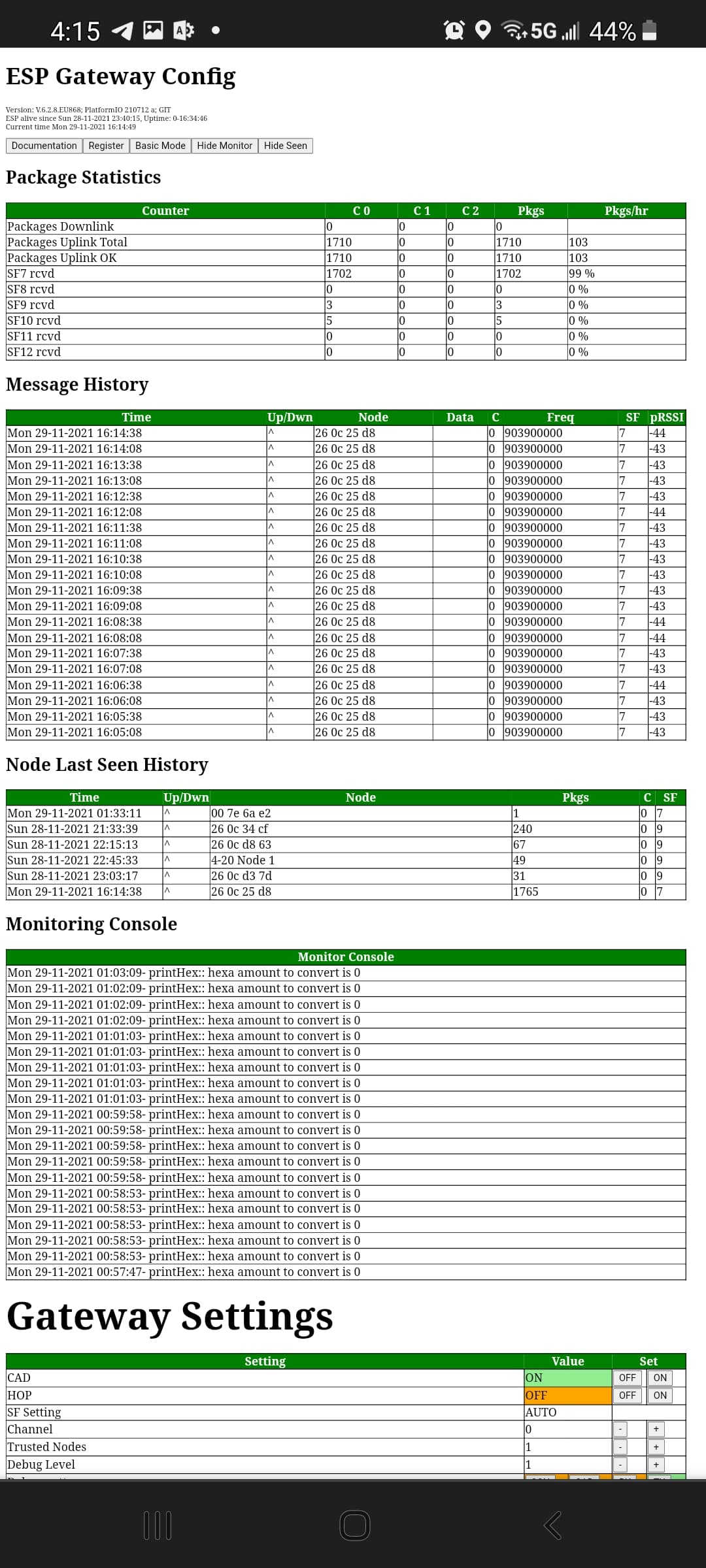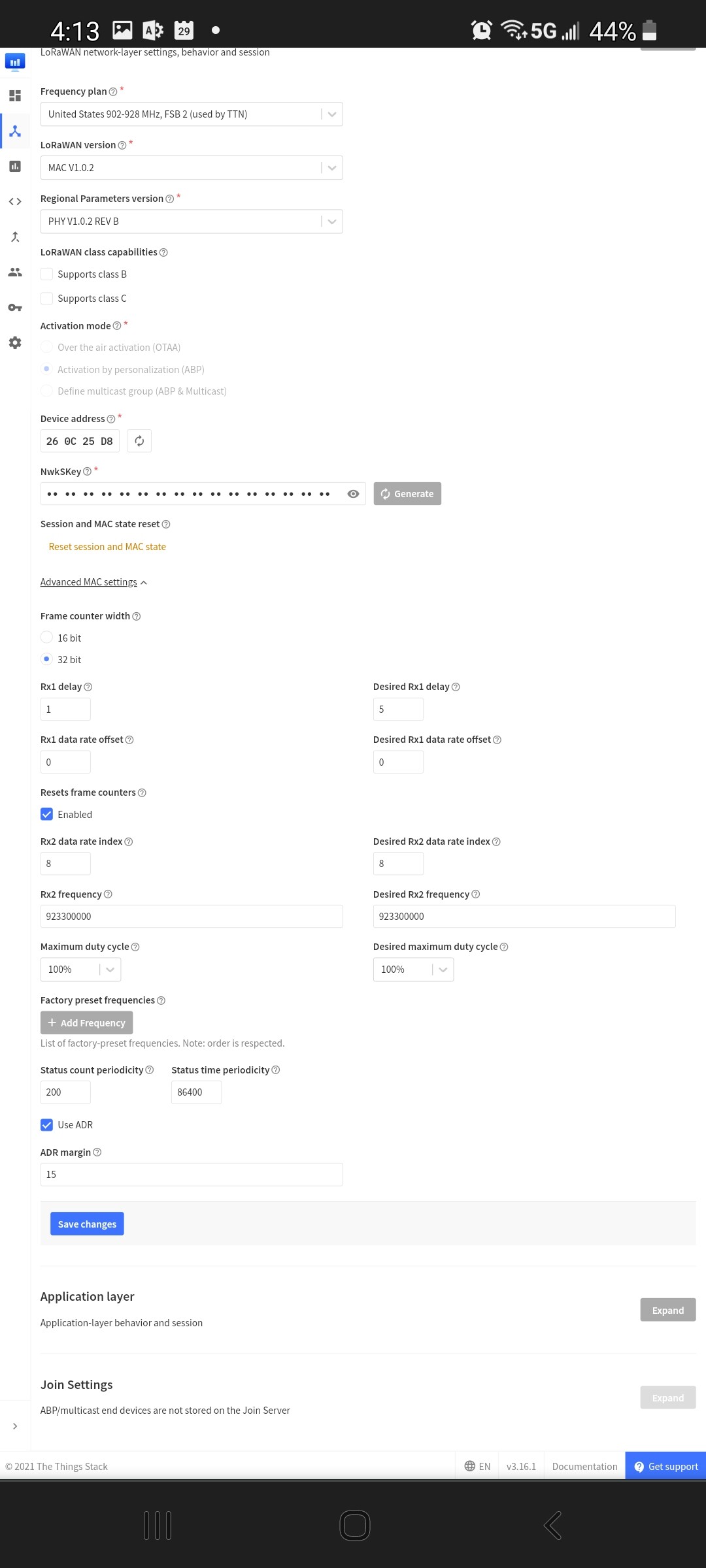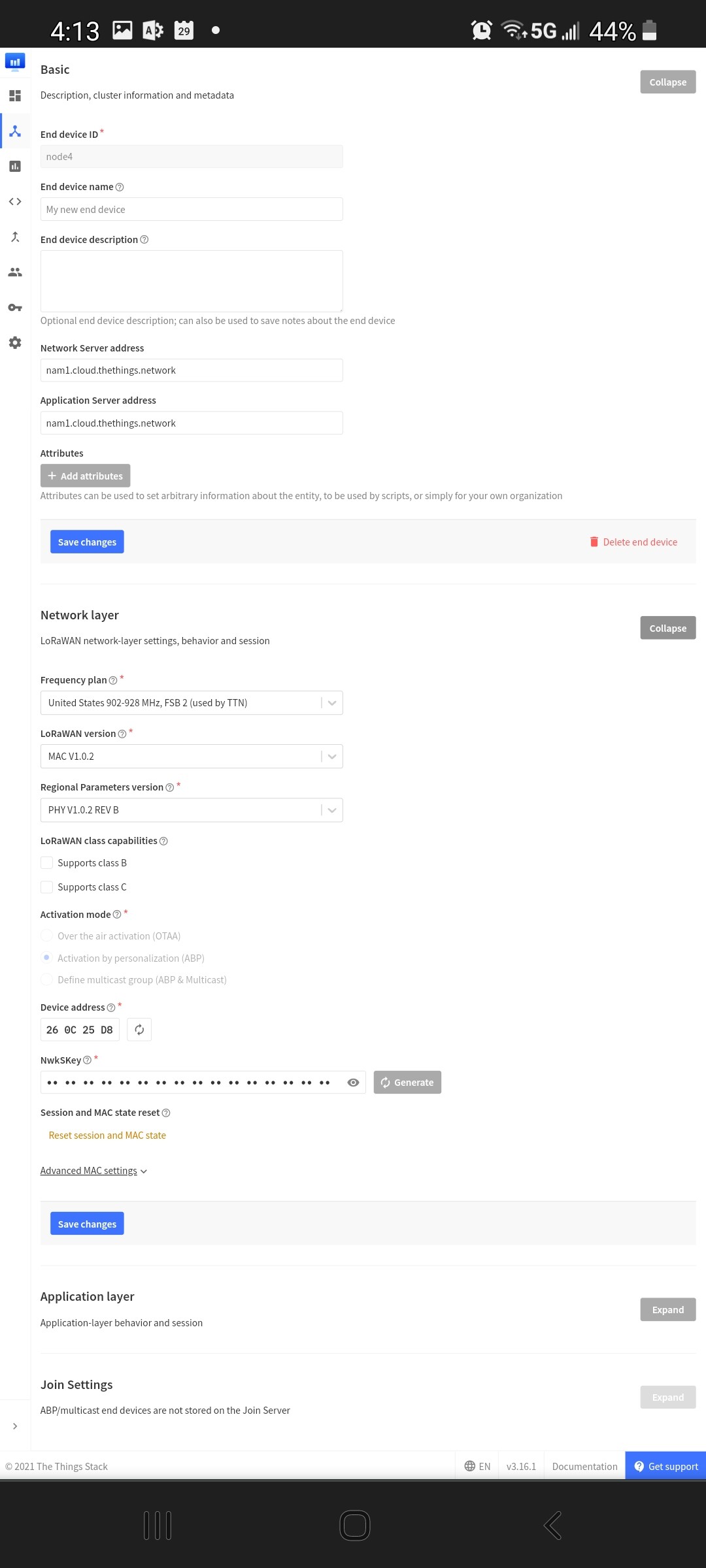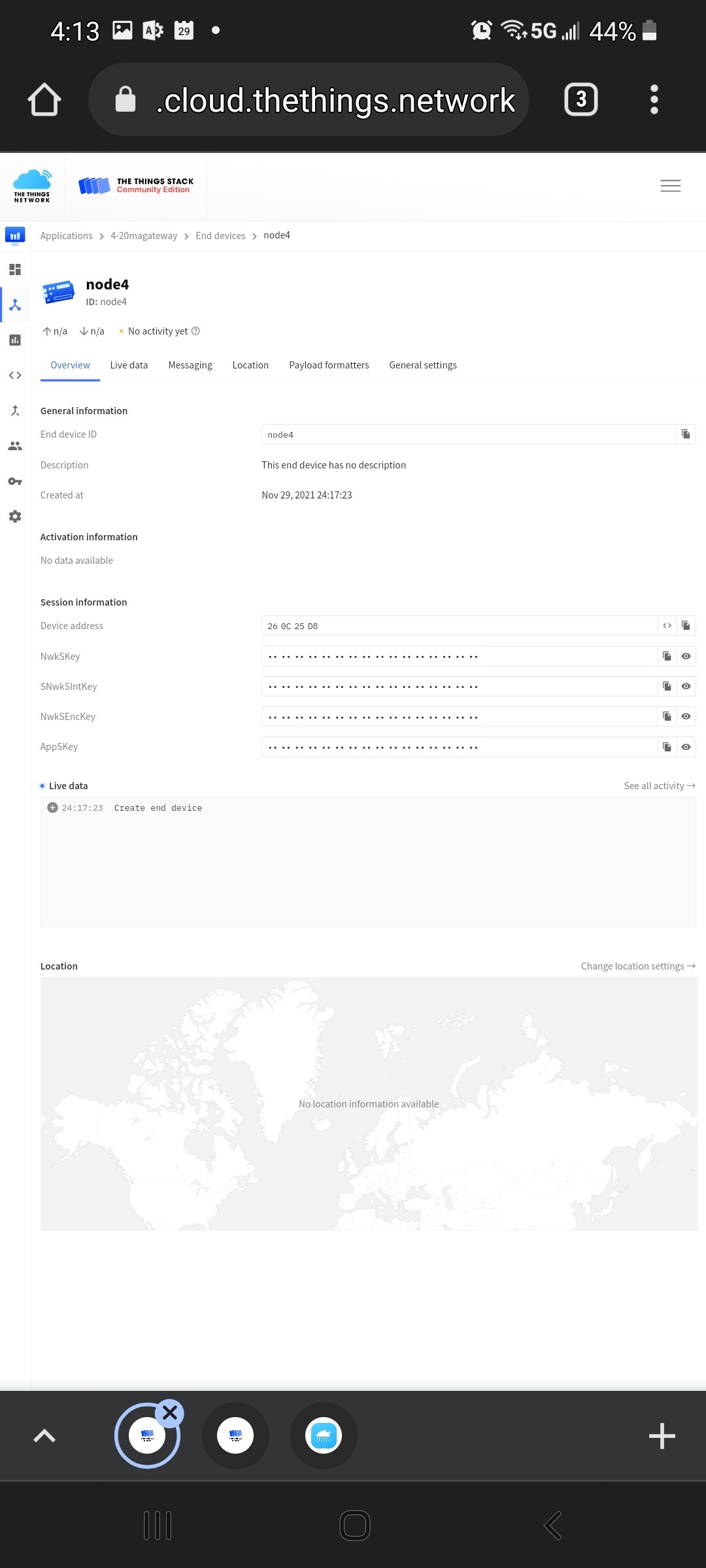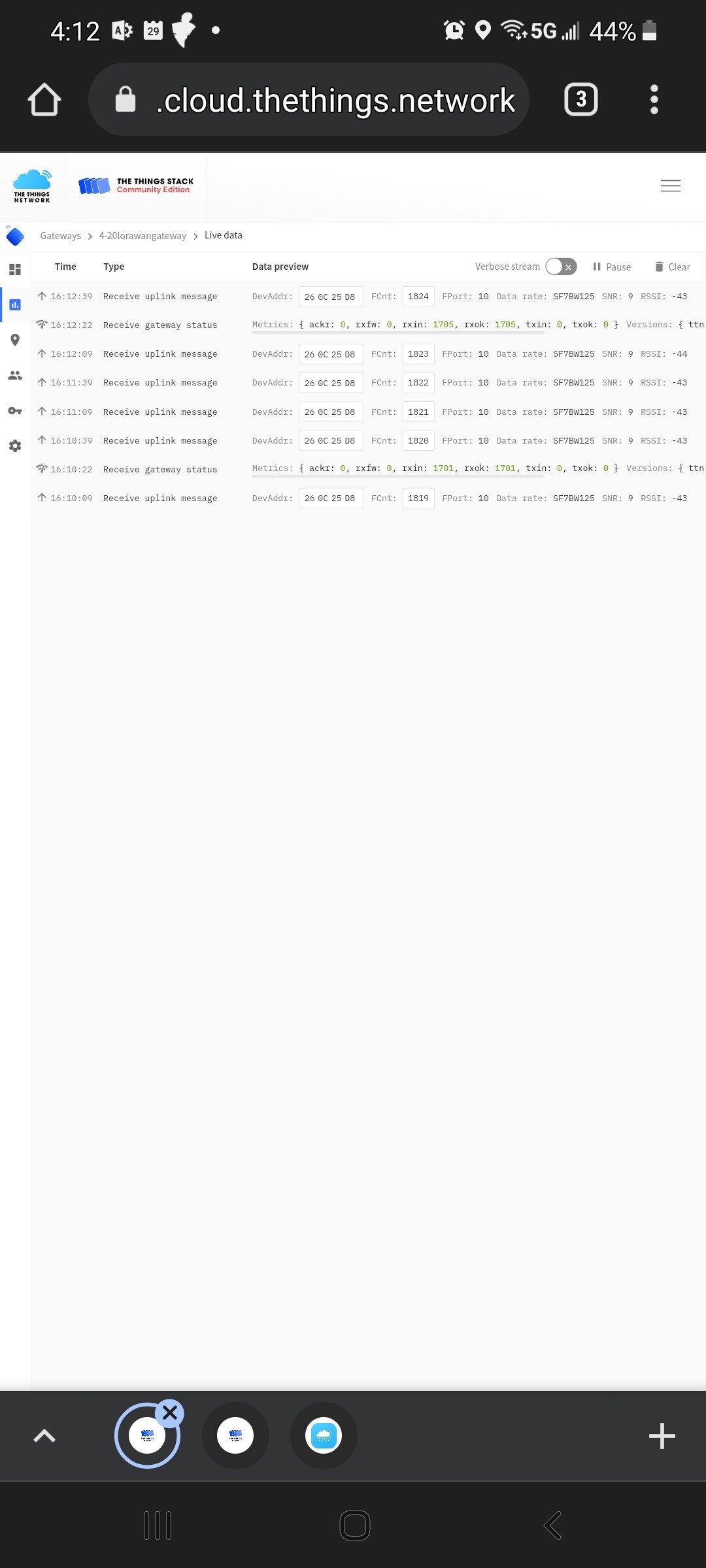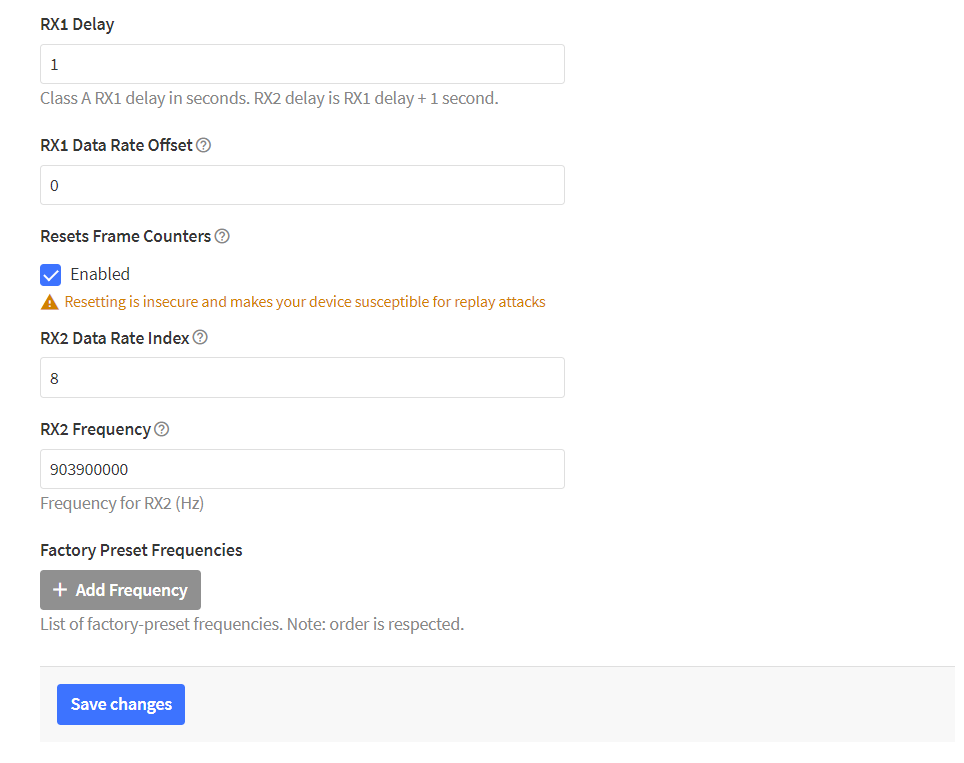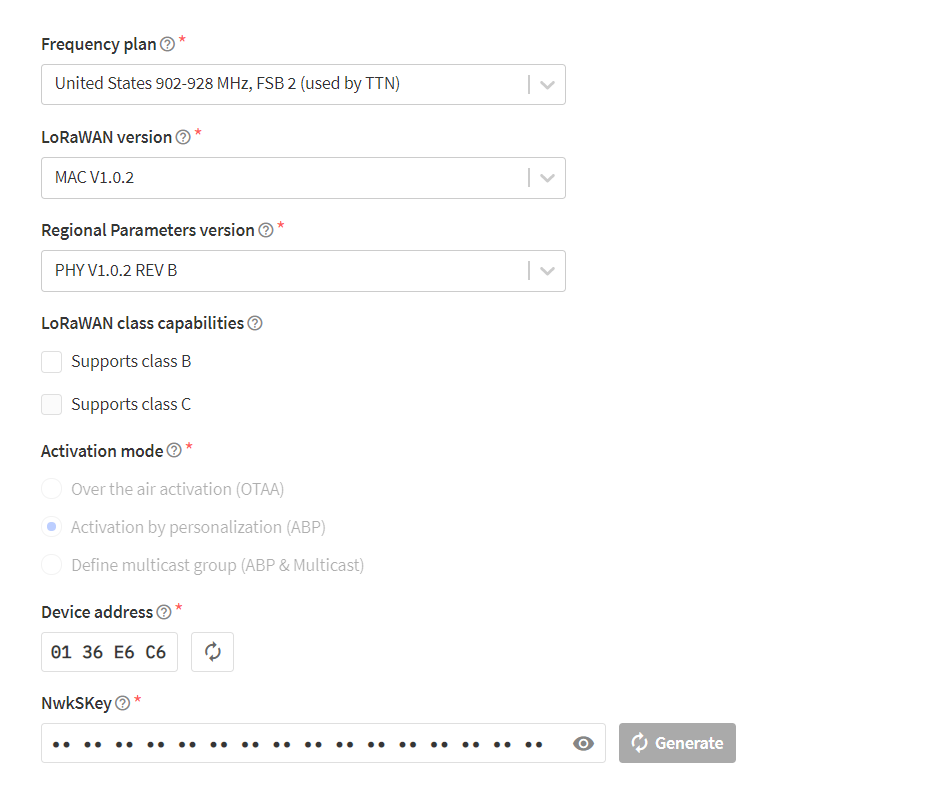LoRaWAN node hardware is NOT LoRaWAN gateway hardware, and lacks the required capabilities to fill that role.
This is fundamental to the very idea of LoRaWAN, which depends on the infrastructure role being filled by a multi-channel, multi-SF concentrator card.
Something that used the same hardware on both ends would be a different scheme, with fundamentally different design decisions.
My intended additiom to the gateway node is in the interests of expanding the capacity of the node so that doesn’t make the system worse it makes it better.
This is pure nonsense. Nodes don’t have a capacity, gateways do. And using only a single frequency drastically limits your legal duty cycle allowance, compared to using multiple ones.
If I need to spin up a private thing stack I can do that but given that it would be running the same source as the community edition I do not believe that would resolve this issue
Such an erroneous belief indicates that you do not yet understand the issue.
TTN is a community network. All TTN gateways are for the use of all nodes.
But devices that falsely claim to be gateways, while not actually having the capability to support what gateways are required to, constitute a denial of service attack on the community network, because they mislead other people’s nodes using the recommend ADR optimization to move to a data rate where they cannot reach other proper gateways, but only reach your improper non-gateway. Which it turns out they cannot reach either, because your fake device only supports the original data rate, and not the optimized one.
In contrast, fake non-gateways connected only to a private server instance are for the use of nodes in that private system only. While they still compete for airtime with other users (LoRaWAN and otherwise - the spectrum is hardly reserved for LoRaWAN) they cannot mislead other people’s TTN nodes, the way that a fake non-gateway illicitly connected to TTN’s servers does.
